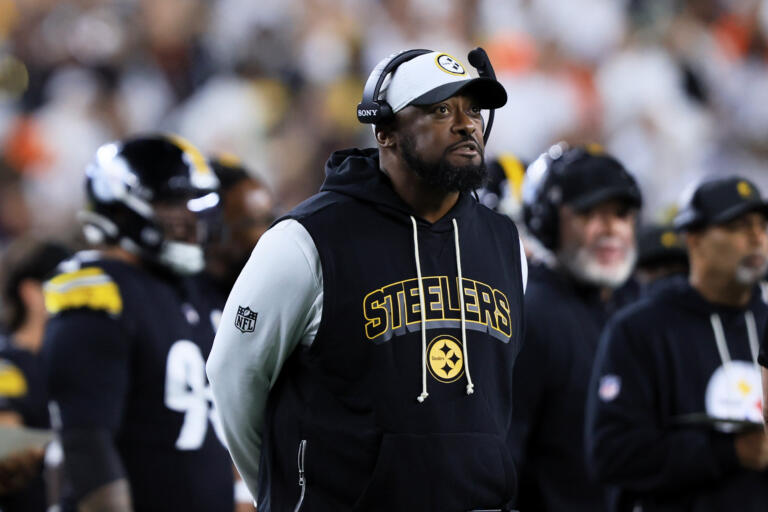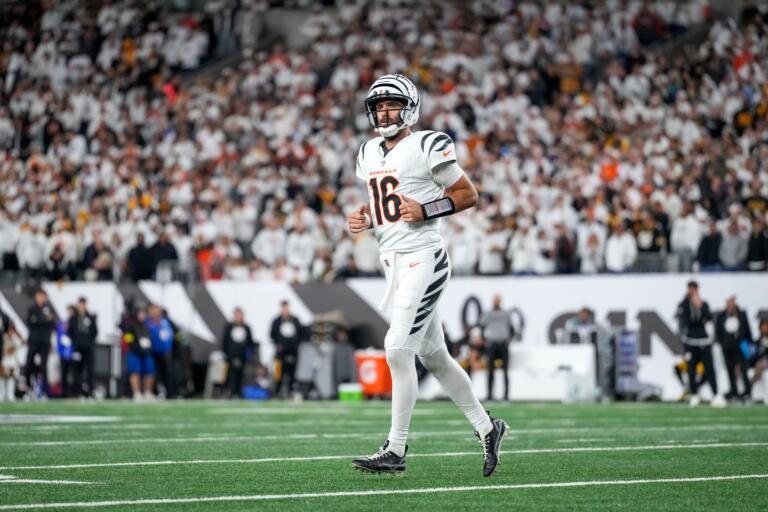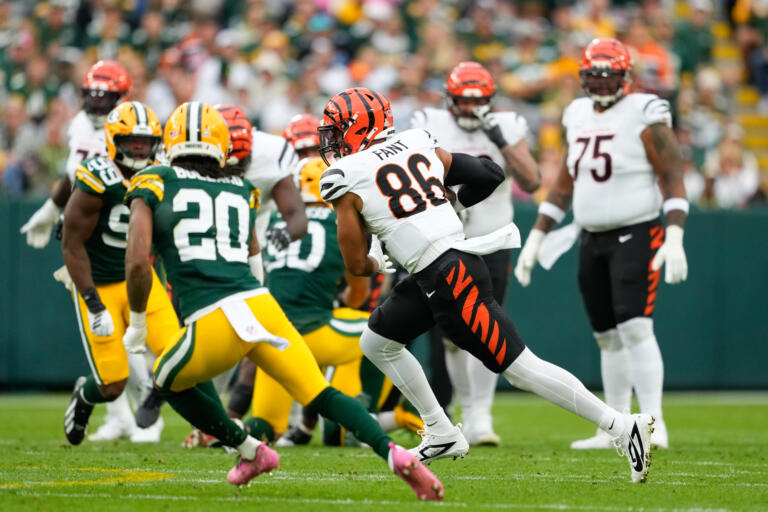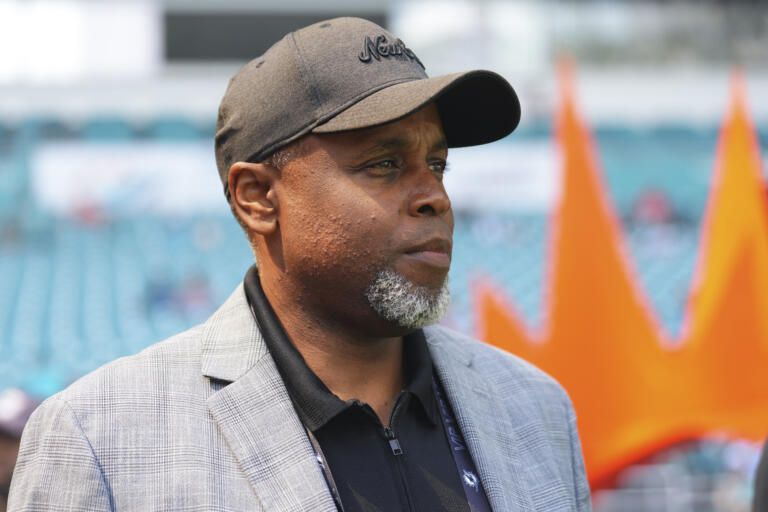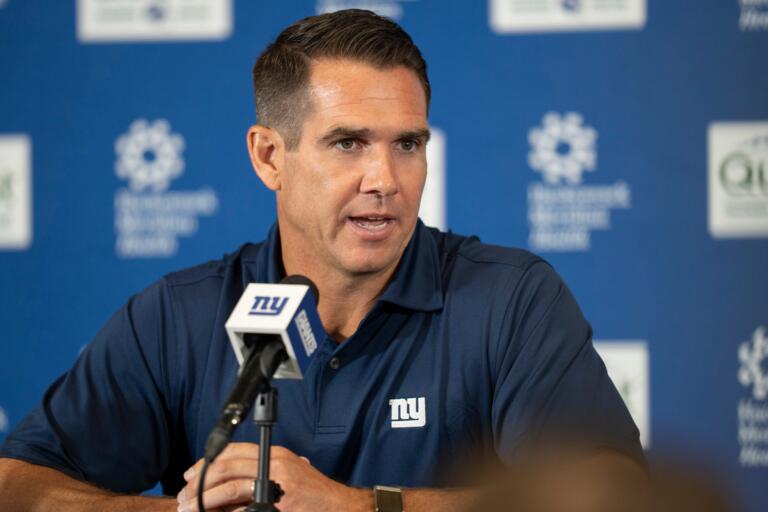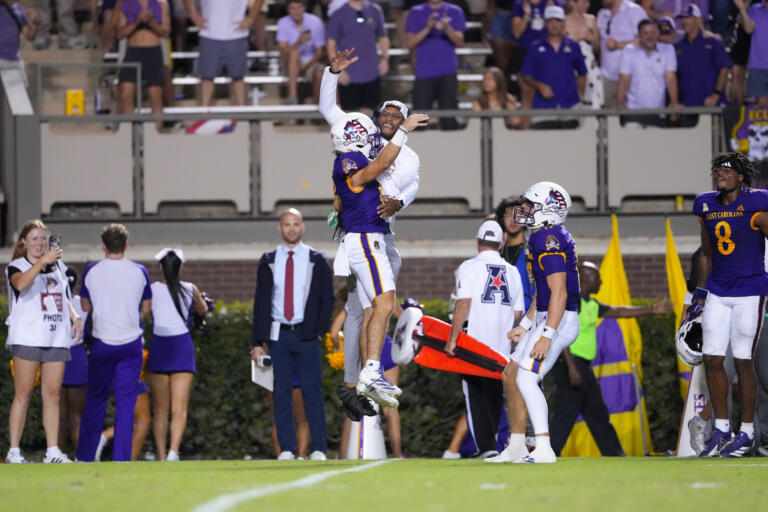
Since 1968, Olympic mascots have injected energy and spirit into the Games, representing the essence of sportsmanship and national pride. While some became cherished symbols, others left fans scratching their heads. Let us dive into 15 mascots that made their mark through iconic charm or bewildering designs.
Waldi (Munich 1972)

Waldi, the dachshund, became the first official Olympic mascot in 1972, symbolizing Munich’s charm. With his colorful, segmented design inspired by Bavarian culture, Waldi represented diversity and the playful spirit of the Games. His elegance and understated pride made him a beloved icon, setting the gold standard for future mascots.
Schneemann (Innsbruck 1976)

The German snowman unsettled many with his humanoid hands and soulless black eyes. Its creepy shape, capped with a classic Tyrolean hat, was meant to be a humorous embodiment of winter, but it fell flat. Schneemann became one of history’s most contentious Olympic mascots rather than endearing the crowd.
The Phryges (Paris 2024)

Vibrant red and shaped like the iconic Phrygian cap, the Phryges portray freedom and revolution. The Phryges playful design quickly won over fans, featuring big, captivating eyes and French flag colors. Even before the Paris 2024 Games began, the Phryges had already become beloved symbols of France’s enduring spirit of liberty.
Miraitowa and Someity (Tokyo 2020)

Despite aiming to represent Japan’s technological prowess, Miraitowa and Someity fell short with their lifeless design and uninspiring colors. Intended to symbolize tradition and innovation, a lack of energy overshadowed their anime-inspired look and cultural significance, and this made them memorable for not living up to expectations.
Misha (Moscow, 1980)

From the start, the cuddly brown bear captured hearts with its charming smile and friendly and approachable outlook. Known as Mikhail Potapych Toptygin, or Misha, this mascot sported an Olympic belt and was a highlight of the 1980 Moscow Games. The emotional farewell, where Misha floated away tearfully, remains unforgettable.
Amik (Montreal 1976)

The minimalist design of the beaver mascot, resembling a giant red sash-wearing blob, failed to inspire. Intended to convey persistence and patience, Amik instead drew criticism for its unremarkable appearance. Despite its heritage-based concept, its lack of facial features and engaging design made it memorable for all the wrong reasons.
Olly, Syd, and Millie (Sydney, 2000)

This trio of mascots—a kookaburra, a platypus, and an echidna—represented Australia’s unique wildlife and spirit. While the trio’s diverse design was appreciated, some felt they lacked the cohesion and memorability of a single mascot. Nevertheless, they effectively showcased Australia’s natural beauty and cultural pride.
Izzy (Atlanta, 1996)

Originally called “Whatizit,” Izzy departed from traditional animal mascots to a computer-generated figure that baffled audiences. The mascot, intended to be futuristic, faced criticism for being too abstract. Despite redesigns, he has yet to capture the public’s imagination and is often remembered as a misstep in mascot history.
Soohorang (PyeongChang, 2018)

Inspired by Korean mythology, PyeongChang’s white tiger mascot stood for trust and protection. Soohorang immediately became an Olympic favorite thanks to his sleek design style and cultural relevance. His distinct black-and-white color scheme and lively yet dignified demeanor gave off an adorable, youthful vibe without appearing ridiculous or foolish.
Wenlock and Mandeville (London 2012)

These futuristic, one-eyed mascots, inspired by steel droplets, were a nod to Britain’s industrial past. While their design was initially polarizing, they grew on the public as their backstory and connection to London’s history were revealed. Wenlock and Mandeville’s quirky personalities and inclusive message made them favorites among younger audiences.
Quatchi and Miga (Vancouver, 2010)

Inspired by Canadian folklore, Quatchi (a Sasquatch) and Miga (a sea bear) brought a sense of whimsy and wonder to the Games. Their playful, mythological backgrounds captured the imagination of children and adults alike, making them beloved figures of the Vancouver Winter Olympics.
Athena and Phevos (Athens, 2004)

Athena and Phevos were named after Greek gods to honor Greece’s rich history. However, their odd, almost toy-like appearance was met with mixed reactions. While some appreciated the nod to ancient Greek culture, others found the mascots could have been more varied and connected to the grandeur of the Olympics.
Sam the Eagle (Los Angeles, 1984)

Sam, created to represent American patriotism, was a hit. His cheerful, cartoonish appearance, complete with an Uncle Sam top hat, made him a beloved figure of the Games. Sam’s widespread appeal, especially among children, made him one of the most successful Olympic mascots ever.
Cobi (Barcelona 1992)
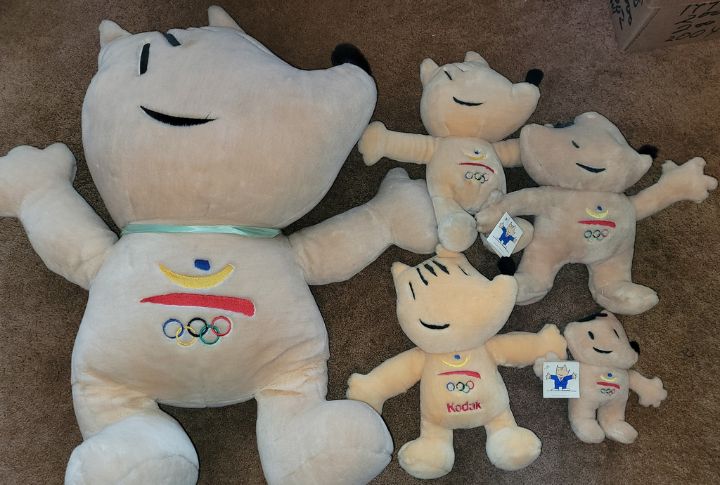
The abstract, avant-garde dog Cobi initially raised eyebrows with its unconventional design. Created by a prominent Catalan artist, this cubist-inspired figure did not scream “Pyrenean mountain dog,” but its uniqueness quickly gained fans. Cobi eventually became one of the most commercially successful Olympic mascots, proving that risks can pay off.
Vinicius (Rio, 2016)
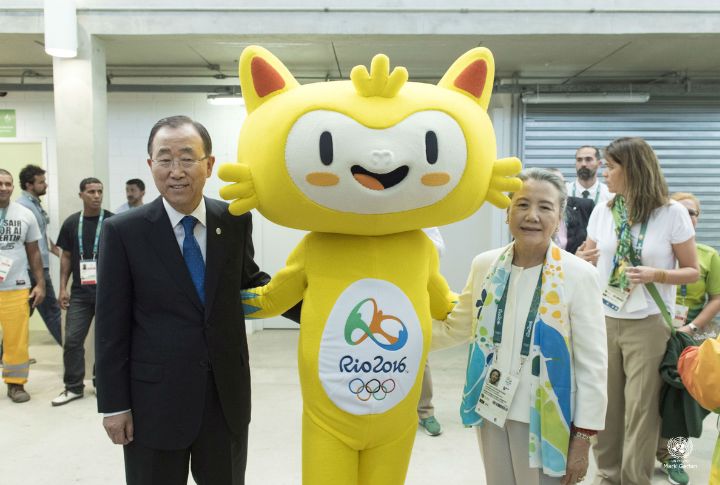
Named after musician Vinicius de Moraes, this vibrant yellow mascot fused elements of a cat, monkey, and bird, representing Brazil’s diverse wildlife. Vinicius’s playful and energetic nature embodied Brazil’s joy and cultural vibrancy, becoming a bright spot in the otherwise troubled lead-up to the Rio Games.


